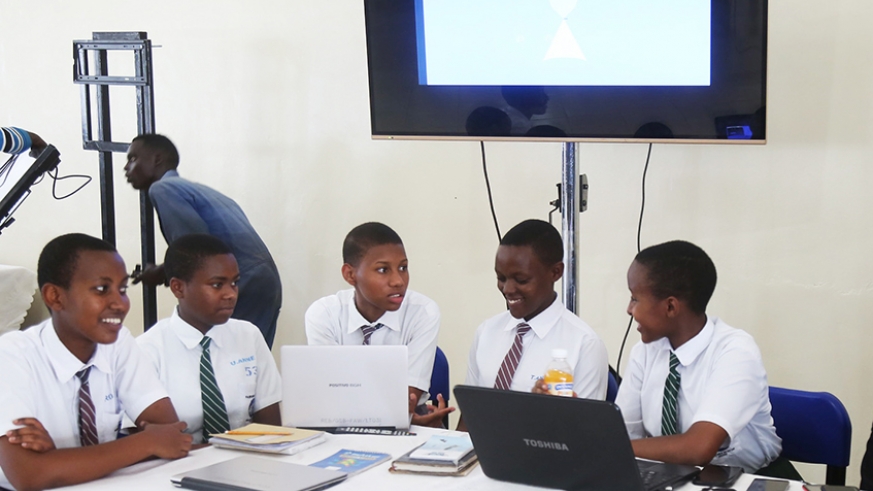

The Coronavirus pandemic has undoubtedly altered our way of life, and some changes will last for generations to come.
How we study, work, eat, socialize and even pay for goods and services will probably never be the same again for many across the world.
One important lesson the world has learned is that technology has eased the pressures and effects of lockdown.
From the comfort of the homes or isolation centres, one was able to stay in touch with their families and friends or keep the engines of their companies running. Some organisations have even seen an increase in productivity.
Unfortunately, the pandemic has also exposed a wide gap between the haves and the have-nots when it comes to access to technology and digital services. And, the basics of a connected life including gadgets and reliable internet are out of reach to a large section of the population.
Conversations about the digital divide have made headlines in both developed and developing countries.
For Rwanda, it is yet another stark reminder about the urgent need for action, especially from the stakeholders in the ICT sector considering the available infrastructure.
More than 90 percent of the country has broadband coverage, yet less than 10 percent of the population is connected to broadband. Something is not right here.
The epidemic has quickly taught us is that the internet is an essential service, and everyone needs to get on the same page.
During the lockdown, one traffic police office would allow a delivery agent to take a broken laptop for repair because they understood that people need the tools to work from home, another would not.
Rwanda’s regulator, RURA, banned all new fiber connections during the lockdown, yet this is when people needed it the most. There is no doubt that the decision was taken with the view that safety is the number one priority. However, ensuring safety when making a new internet connection is a surmountable challenge - if only fiber was considered an essential service.
Fortunately, the lists of essential services are never static and, hopefully, the internet will be included. For many today, the Virus has turned online conveniences to everyday necessities.
It is one thing for the limited access to the internet to stop people from watching their favorite videos on YouTube. It is another for it to deprive students from learning.
Education is one of the most affected sectors by the COVID-19 pandemic since all the schools have been closed down.
And with approximately 60 percent of the population within the school-going age, one can only imagine what effects a disruption of such magnitude would have on half the country’s population.
From primary school, all the way up to university, parents, teachers, and administrators are spending sleepless nights all grappling with how best to keep the young ones plugged into the learning system. The remote-study challenges seem overwhelming.
There have been commendable efforts in producing the educational content, but the major huddle remains access and affordability of the internet for the have-nots most especially.
Some internet providers have made some offers, including free access for websites that have educational content. This is a step in the right direction.
But the challenge remains, how can this be scaled up to also benefit the less privileged? And, how can those without gadgets, or electricity at home be included?
Key stakeholders in the internet business and government entities with technology in their docket ought to work closely together and answer the following 5 fundamental questions with regard to access and affordability.
1. What is it that we are doing to cater to the underserved?
2. What more can we do to make internet accessible and affordable?
3. How are we performing towards achieving the digital economy goals?
4. Are we using the available infrastructure to its full potential?
5. How can we help the less privileged have access to digital educational content?
The stakeholders ought to take ownership, rise to the challenge and come up with local solutions for the underserved, especially the youth.
There is no doubt that if the stakeholders are well-coordinated, they would go a long way connecting Rwandans and bridging the digital divide.
Institutions and businesses such us Airtel Rwanda, Liquid telecom, MTN Rwanda, KTRN, Minister for ICT, RURA and RISA to mention but a few ought to convene and brainstorm the best way forward.
If the coronavirus doesn’t wake us up, it will be a missed opportunity.
Twitter: @StellaMusoni
Email: musonistella@gmail.com
The views expressed in this article are of the author.


